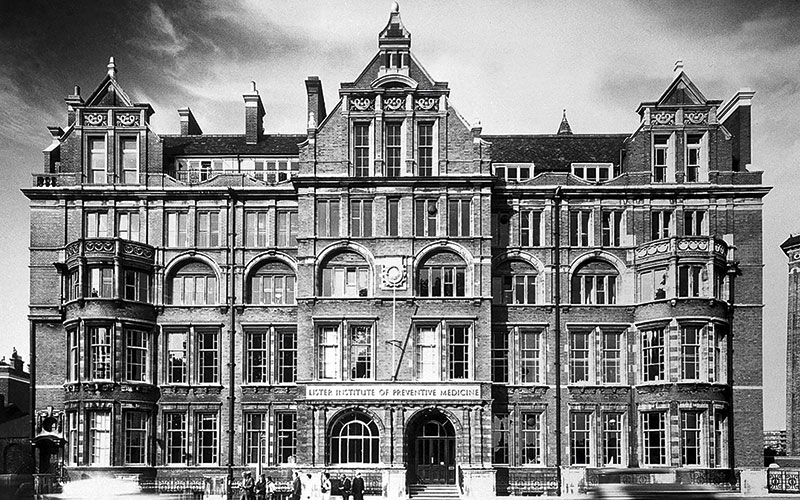Sarah Alexander and Ayuen Lual from the National Collection of Type Cultures look back over a century of providing authentic bacterial strains.

The National Collection of Type Cultures (NCTC) is a bacterial strain collection that exists to serve the ever-changing needs of the clinical microbiology community. Founded in 1920, the collection was established by the Medical Research Council (MRC) under the directorship of Dr Ledingham, Chief Bacteriologist at the Lister Institute, who recognised there was a specific requirement for a “reputable establishment to provide a source of authenticated bacterial strains from a trustworthy source”. To date, one century on, the NCTC has seen many changes including a world war, six relocations and eight different curators, but its remits remain largely unchanged. Operated by Public Health England and located over two of its flagship microbiology sites (Colindale and Porton Down), the NCTC is the oldest bacterial strain collection in the world, which was specifically established to provide scientists with bacterial strains. In its 100th year it is still thriving.
The collection currently houses over 6000 different bacterial strains made up of over 900 different species from 82 bacterial families. Whilst the NCTC is taxonomically very diverse, what all strains within the catalogue have in common is that they are of clinical significance, with many (but by no means all) being human pathogens from the Advisory Committee for Dangerous Pathogens (ACDP) hazard groups 2 and 3.
The early years
The NCTC has strains in the catalogue that are older than the collection itself. The nucleus of the original NCTC collection was created from a private collection of 100-200 strains that were already in existence within the Lister Institute and were being provided to scientists on an ad hoc basis. These were largely a collection of Enterobacteriaceae strains curated by the then prominent scientist Sir Fredrick Andrews, who had a strong research interest in Shigella strains. Dr St John-Brooks was appointed as the first curator of the NCTC and under his leadership the collection expanded quickly, with nearly 100,000 cultures being dispatched to scientists between 1920-1940. During this period the collection had grown to over 800 strains, which were preserved on bacteriological slopes that were sealed with parafilm.




